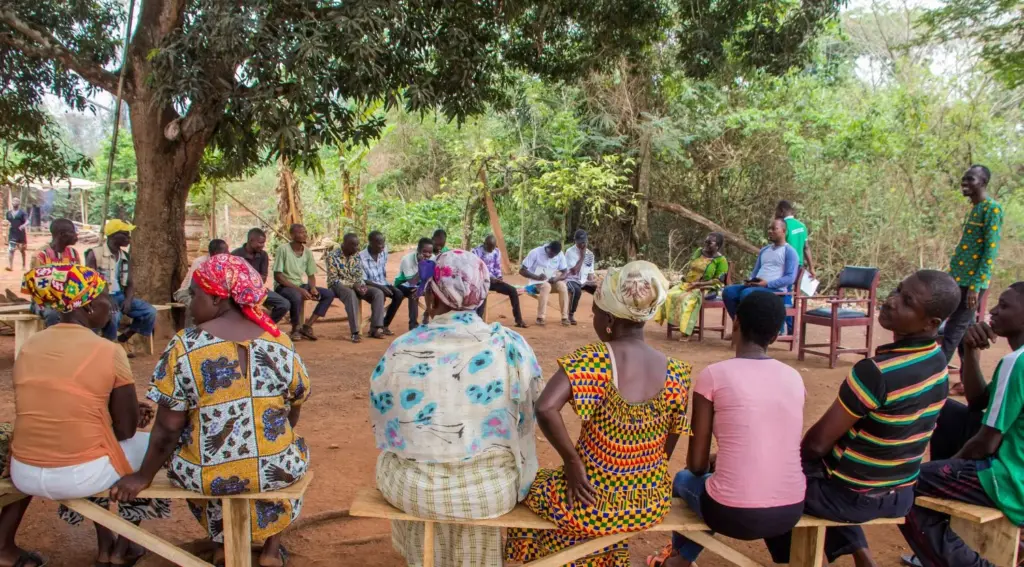The “Lone Genius” is a Myth because Innovation Is a Team Sport
We’ve been repeatedly sold a seductive lie for a long time. Perhaps because we are drawn to stories that are clean, simple, and dramatic. Imagine: the lone inventor in a dimly lit workshop. Imagine: the tech founder in a dusty garage who conquers Silicon Valley. Picture this: the artist who wakes from a dream and pours a masterpiece onto the canvas before dawn breaks. These stories are cinematic, and they are inspiring, and they are also, more often than not, plain misleading. Behind every celebrated “genius,” there is an entire web of support, often invisible to the outside world. There are mentors offering guidance, rivals pushing the bar higher, critics sharpening the ideas, funders taking the early risks, and family members quietly managing life’s practicalities. The Wright brothers’ triumph in flight was as much about the machinists in their shop as it was about their vision. Einstein’s breakthroughs in physics were shaped through conversations with friends and fellow thinkers. Even the mystic poet Rumi was deeply influenced by the companionship and insight of Shams of Tabriz. The myth survives because it’s neat. It gives us a singular hero to admire, a figure to model ourselves after. It tells us that brilliance is self-contained, and that we too could ascend to greatness in splendid isolation. But the truth, though more complex, is far richer because it tells a story of interdependence, shared effort, collaboration and the true cradle of innovation. Why the Myth Persists Part of the blame lies with how we tell stories. Media headlines demand simplicity. “Visionary changes the world” is far easier to write than “Team of thirty-seven across three continents incrementally refines a decades-old process!” Complexity doesn’t lead to quick, clickable stories on the internet. Our education systems also bear responsibility. From a young age, we are conditioned to compete as individuals, receiving separate grades, rewarded for solitary achievements, and seldom encouraged to develop the subtle skills of collaboration, negotiation, and shared credit. In business, we reinforce this bias by naming awards after founders, rather than recognising the diverse teams that turn visions into reality. Ego is another factor. The lone-genius myth flatters our ambitions. It’s appealing to imagine ourselves as the architect of our own solitary legend, rather than as a node in a network of contributors. But those who have achieved meaningful, lasting impact know the truth: it is often the overlooked skill of making others better that defines transformative leadership. The MIG View: Ecosystem Over Ego At Maxwell Investments Group (MIG), I witness the power of interconnectedness every day. Our traders are more astute because our data analysts identify subtle patterns. Our field officers make improved decisions because insurance partners highlight risks that may not be obvious on the ground. One company’s success is always linked to another’s contribution. Maxwell Logistics guarantees that harvests reach Tema on time. Confideo Technologies provides the tools to monitor and interpret risk. Prime WellMax leverages its negotiating power to secure the right deals at the optimal moment. These moving parts form a dynamic ecosystem where innovation thrives through ongoing dialogue, not in isolation. This is why our growth strategy focuses as much on people as on projects. We bring in bright young minds eager to challenge the status quo, and pair them with experienced experts who possess the hard-earned wisdom of their careers. It’s the meeting of perspectives that strengthens the system. Innovation is rarely a singular act. The “solo” might be the big reveal of, say, a groundbreaking product or service like this WellMax Insurance Inclusive product. But the “groove” is the invisible fabric of our shared understanding, mutual trust, and the ability to anticipate each other’s moves without instruction. At MIG, I’ve seen this groove at work when teams hand off projects seamlessly, each knowing when to lead and when to support. It’s in these moments that real breakthroughs happen. The Head-Scratcher We Don’t Ask Enough Here’s a question: if your best performer left tomorrow, would your organisation still run smoothly? In sports, no team expects to win a championship relying solely on one striker. Coaches build depth, rotate players, and train substitutes to step in without missing a beat. Yet in business, we often overlook this principle. We are unprepared when the exit of one person causes a project or an entire department to falter. A genuinely innovative system is designed for adaptability, ensuring that no single departure destabilises the whole. I place more on developing “capacity resilience,” the organisation’s ability to absorb shocks and continue progressing. Leadership as Capacity Unlocking Leadership is not about being the most brilliant person in the room. It is about creating conditions where others can shine. Sometimes it means staying quiet so a new voice can be heard. Sometimes it means giving away credit so that someone else can gain the confidence to lead. And sometimes it means admitting “I don’t know” so that the best ideas can emerge from anywhere. I was away for a couple of months last year, and I have previously stated in speeches and articles that the team operated much better than I expected. They surpassed what I had even planned to do if I had been present. Still not sure how to feel about that haha! The freedom to think collectively and make decisions together yielded results far beyond what top-down instructions could have achieved. True leadership multiplies innovation by unlocking the potential of the collective. The Invisible Work That Makes Innovation Possible There is a type of work that doesn’t make headlines but forms the foundation of all visible success. The late-night calls to resolve misunderstandings between partners. The carefully maintained spreadsheets that prevent costly mistakes. The emotional labour involved in building trust across diverse teams. These contributions rarely show up in awards or press releases, but without them, the “genius” moments would never materialise. Recognising, valuing, and rewarding this invisible work is essential if we want innovation to be consistent rather than accidental. Learning to Innovate Across Boundaries Some of the best ideas emerge when disciplines
The “Lone Genius” is a Myth because Innovation Is a Team Sport Read More »




